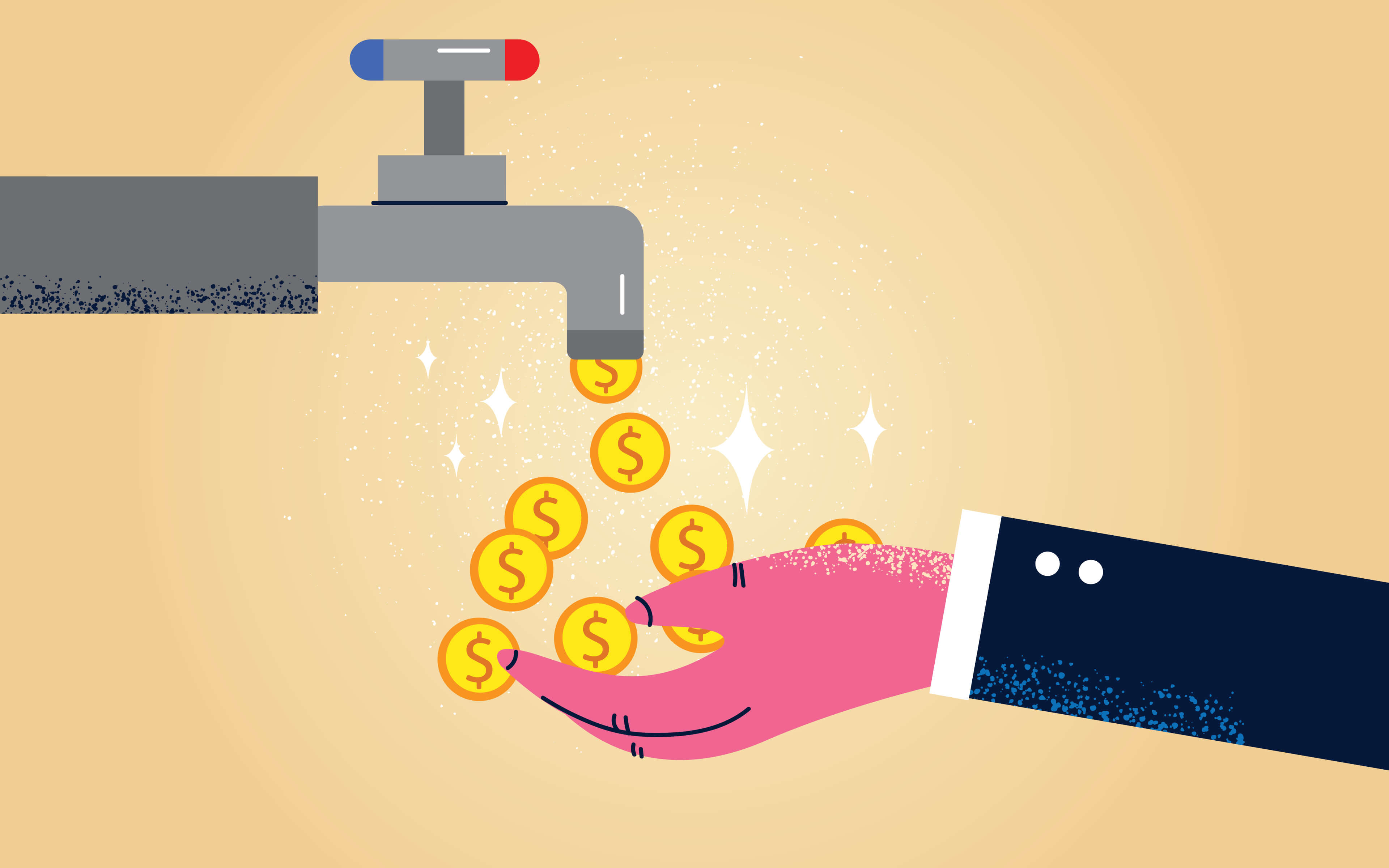
What Makes Inflation Rise?
Rick Roberts explains the forces behind rising prices—and what can be done to bring things back to normal.
Inflation in the United States rose by nearly 8% in March, the highest annual increase since 1982. But while consumers can feel inflation everywhere from the gas pump to the lumberyard, the root causes can often be opaque. Rick Roberts, a 20-year veteran of the Federal Reserve Bank and current specialist professor in the Department of Economics, Finance, and Real Estate, explains the forces behind these rising prices—and what can be done to bring things back to normal.
- There are two types of inflation that we usually talk about. There’s demand-pull inflation, which is an increase in prices dues to strong consumer demand. Economists often refer to this type of price increase as occurring when there are “too many dollars chasing too few goods.” Then there’s cost-push inflation, where producers are facing higher costs and they pass some of those higher costs on to consumers in the form of higher prices. What we’re seeing now is a combination of both. Strong demand has been created by well-intended but excessive reactions by policymakers to the COVID-19 pandemic. And I understand the reaction: I was in the room when those kinds of decisions were made while working at the Fed during the 2008 financial crisis. You have many moving parts to consider, and you want to do more rather than less just to be safe. Moreover, pandemic related supply chain issues have bumped up producer costs, and some of the increase has been passed on to the consumer.
- The most popular gauge of inflation is the Consumer Price Index (CPI). I think of it as a basket of goods that the government creates, and in that basket are the typical purchases of a consumer each month, with a current price. The change in the cost of that basket from one month to the next is the rate of CPI inflation.
- The Fed has two mandates from Congress on the economic front: maintain full employment, and maintain stable and low inflation. They’re always balancing those two goals, though more attention is paid to one depending on what’s happening with the economy. Right now, the Fed is zooming in on the inflation goal because we’re missing it horribly. Counteracting inflation relates to what caused the inflation. For example, if inflation seems due to excessive spending that came as a result of borrowing, higher interest rates would help tame the spending. The tricky part with our current situation is that there’s not a lot of evidence that the inflation is due to borrowing, outside of housing inflation. It’s more due to the excessive amount of money that people have as a result of expansive fiscal policy (e.g., stimulus checks) that they’re starting to spend now. So raising interest rates is a good messaging technique, and I expect the Fed to continue to do that until short-term rates are around 3%. But, ultimately, we need to drain some of the excess reserves in the economy.
- The only people who benefit from inflation are the borrowers who are paying back loans in what are now cheaper dollars. Unfortunately, inflation generally impacts those that can least afford to deal with the pain it causes—those people at the lower end of the income spectrum. Although we are seeing wages even at the lower end go up, those folks face real financial strain when inflation impacts necessities like food and gas, because they can’t afford to survive that volatility in the way that others can. This is not a small portion of the public, either: Some 70% of American consumers live paycheck to paycheck.